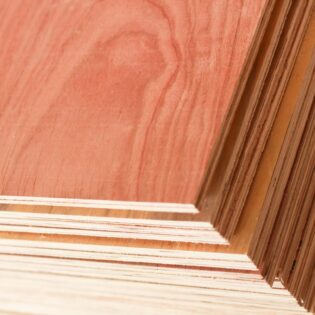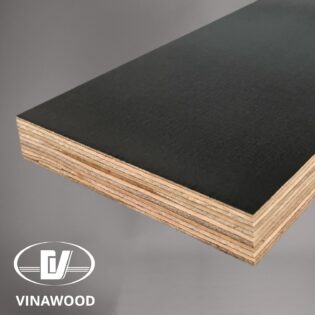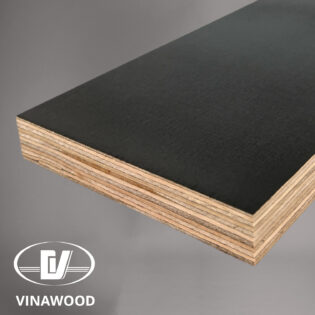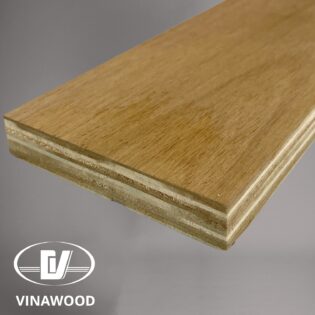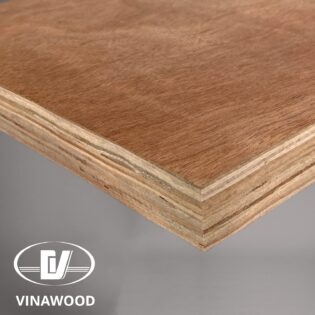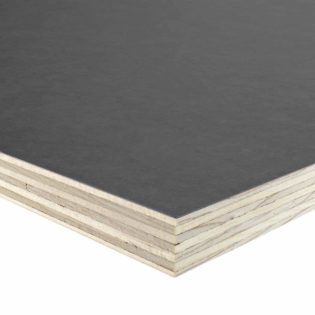Leading Vietnam Plywood Supplier & Manufacturer
Our Vietnam Plywood including Film Faced Plywood and MDO Plywood are proudly trusted by Top 5 Global Formwork Experts
250+
Containers of Plywood
Produced Monthly
700+
Highly specialised
employees
35
Shipping countries
around the world
VINAWOOD was established in 1992. Since then, VINAWOOD is the leading plywood supplier and manufacturer of Vietnam plywood such as Film Faced Plywood, MDO Plywood, Commercial Plywood, and Office Furniture.
Customers
VINAWOOD‘s leading markets for Vietnam Film Faced Plywood, MDO Plywood, Furniture Plywood are United States, Canada, South Korea, the United Arab Emirates, European Union, and Vietnam.
As a leading Film Faced plywood manufacturer in Vietnam with 30+ years of experiences, VINAWOOD is confident to bring end users high-quality vietnam plywood products with consistent quality over time.
We strive to be a global vendor of plywood from Vietnam. We understand customers' needs from testing, certification, customer service, and credit terms.
DELIVERING SUSTAINABILITY
Fully Compliant
Our Film Faced Plywood, MDO Plywood, and Birch Plywood are FSC certified and EUTR compliant.







Our full list of certifications
We attest to highest quality, management, and supply chain standards. Check out the details of our certifications.
A FULL SERVICE
We ship with 100% satisfaction. All our Vietnam Plywood are thoroughly inspected before every shipment. Inspection record is available upon request.
STRONG RECORD
We have 99% satisfaction rate for our Vietnam Plywood over the past year.
DELIVERY
Shipping gets complicated, so we are professional in dealing with multi-modal options to deliver Vietnam Plywood to you safe, cheap, and fast.
CUSTOMERS & TESTIMONIALS
"They have great service, quality products and we trust them. We value our relationship and the impact it has."
— Jason K. Manson
“It is a company we can count on. They are responsive, they bring new ideas and they care about the success of our organization.”
— Mr. Attkins Pleboa
"VINAWOOD has a world-class supply chain. Our plywood needs are fully served."
— Marcos E. Valtea
"VINAWOOD are always responsive and I know I can count on them to deliver.”
— Sander O. Mitchel
"Dealing with VINAWOOD on a day-to-day basis has proved to be very easy. We make a telephone call, look at the options available, and then let them get on with the supply chain while we concentrate on our business.
— Robert D. Frost
INFO CENTER
Company News, Product Insights, Application Reviews
- Can You Stain Pressure Treated Wood? Expert Tips & Timing April 19, 2024
- Understanding Oriented Strand Board (OSB) and Its Production Process April 19, 2024
- Particle board vs Plywood: Which Is The Best Choice For Your Needs? April 15, 2024
- What is CDX plywood? Is CDX plywood waterproof? April 14, 2024
- Plywood Sizes & Thickness: Essential Dimensions April 10, 2024
- Birch Plywood: Uses, Benefits, and Drawbacks Explored April 6, 2024
- What is MDO Plywood? What is MDO plywood used for? April 6, 2024
- All Purpose Shop Cart April 4, 2024
- What is MDO Plywood Used For? April 4, 2024
- Famous short guide to Vietnam Plywood used for Formwork April 4, 2024
SLA
Our service turnover is 24 hours. If you do not see any response, kindly write to us at iaa@vinawoodltd.com for service check and immediate response.

